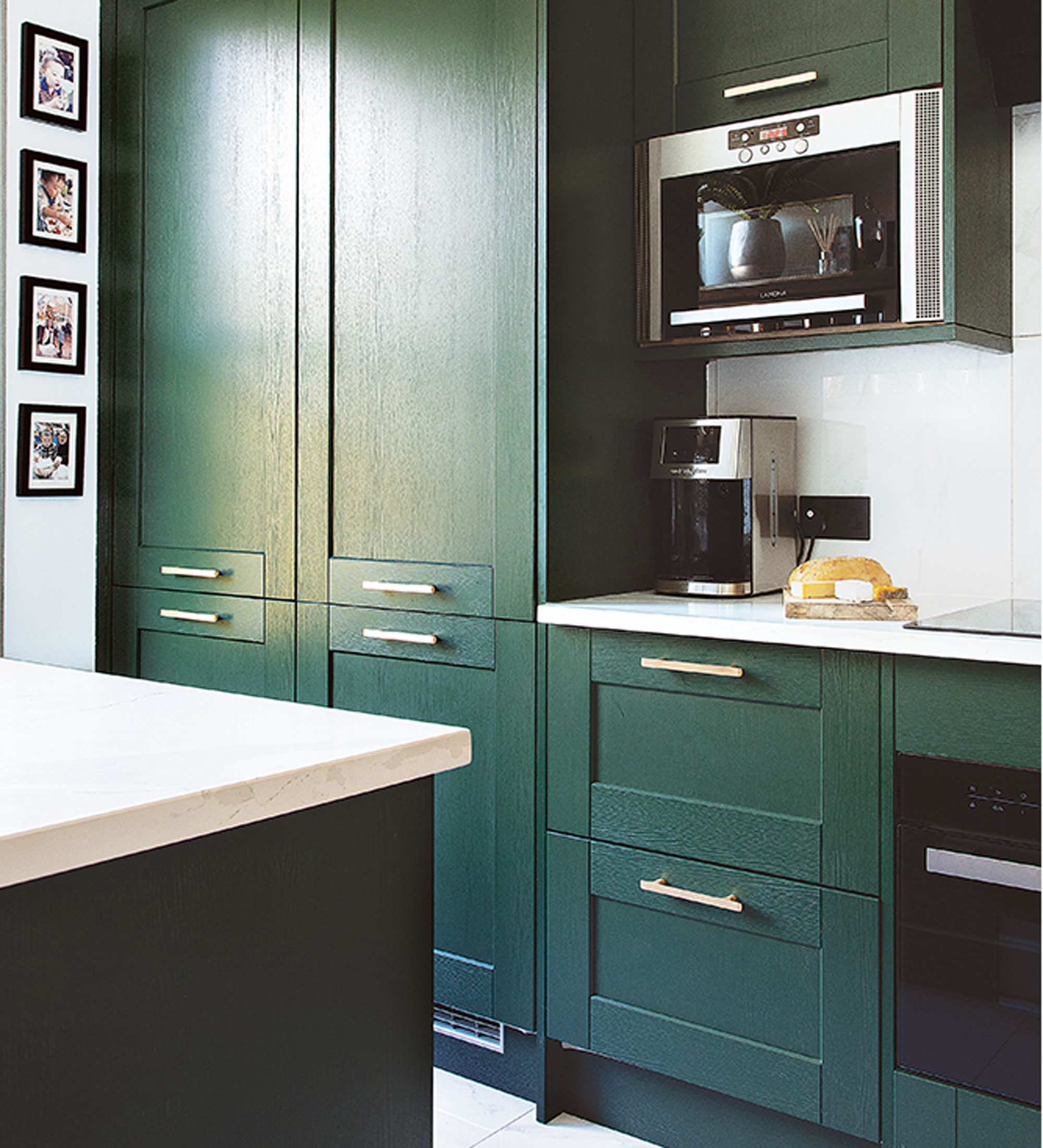
Figuring out how to organise small appliances in a small kitchen might feel like slotting Tetris blocks together, but with some careful planning you'll be pleased to know there is a solution.
When trying to find a way to organise a small kitchen, it often feels like the answer lies in more space. And while this isn't something any of us would say no to, being clever about how you use the space you already have will lead to a much tidier kitchen.
While storing cutlery and crockery is simple in a compact kitchen, finding room for your toaster, kettle, air fryer, and maybe even a stand mixer, will be harder. And when cupboard space comes at a premium, where does it all go? We spoke to experts on exactly how to organise small appliances in a small kitchen so that you can make the most of your kitchen storage.
1. Consider open shelving
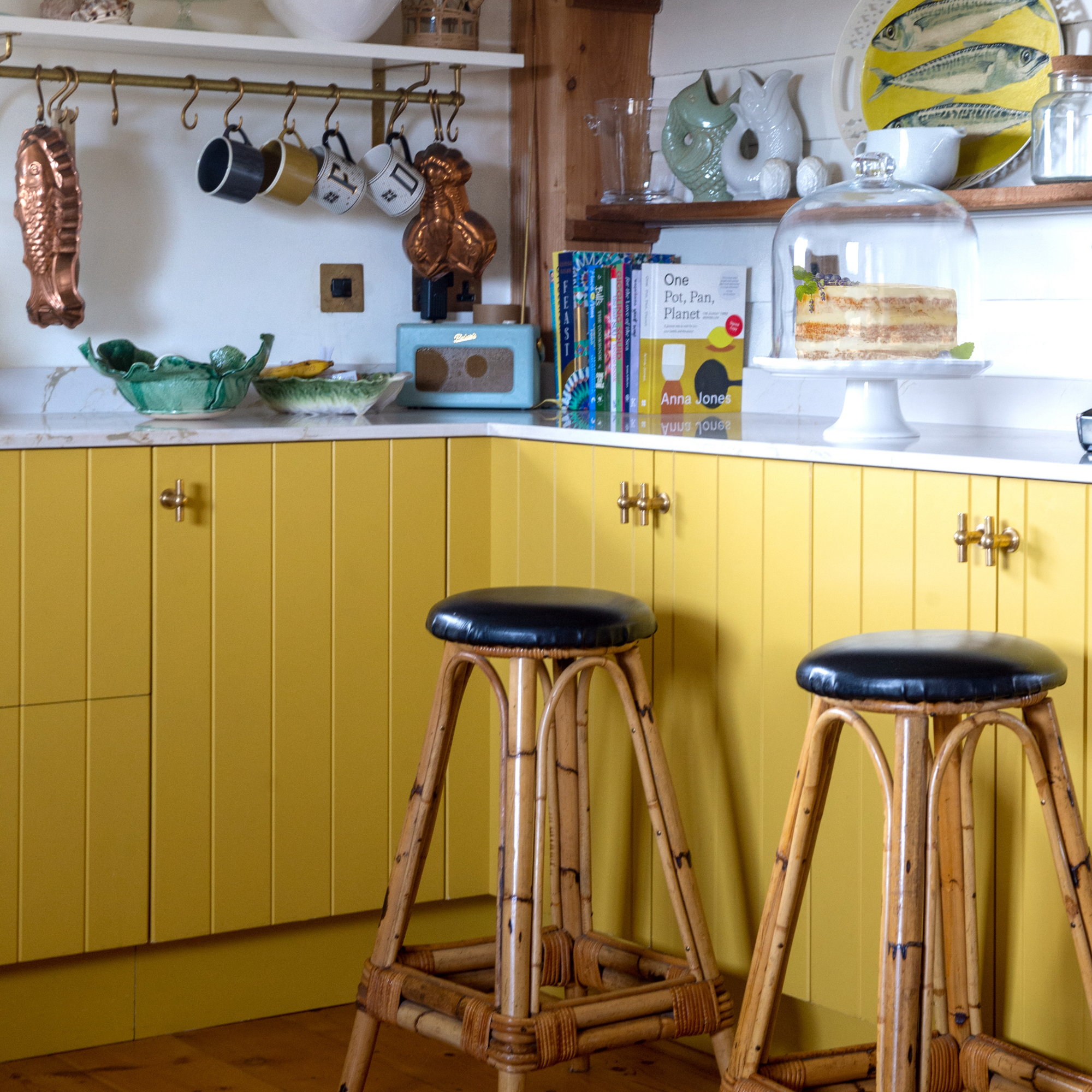
Open shelving feels like a decorative touch reserved for larger kitchens, but that couldn't be further from the truth.
Swapping out wall cabinets for open kitchen shelving will make a design feel more open and airy, which is key in a small space. Plus, you can position them at custom heights that work for your specific small appliances. Where a stand mixer is unlikely to fit in a cupboard, you can use the full height of the wall to store it up top.
2. Integrate where possible

Worktop space is often limited in a small kitchen, and where you do have it, you'll want to keep it clutter-free for food prep. So if your wall space allows it, opt for integrated small appliances to keep surfaces streamlined.
'Try to integrate appliances as much as possible to achieve maximum worktop space, such as an integrated chopping board. For daily appliances, such as a microwave, kettle, air fryer and a toaster, choose minimally styled models to reduce visual distractions and maintain a streamlined look,' explains Darren Watts, Showroom Design Director at Wren Kitchens.
If you're in the planning stages of a kitchen renovation then think about where you can double up on use-cases. For example, a combi microwave oven might be able to save you space.
3. Plan in a pantry
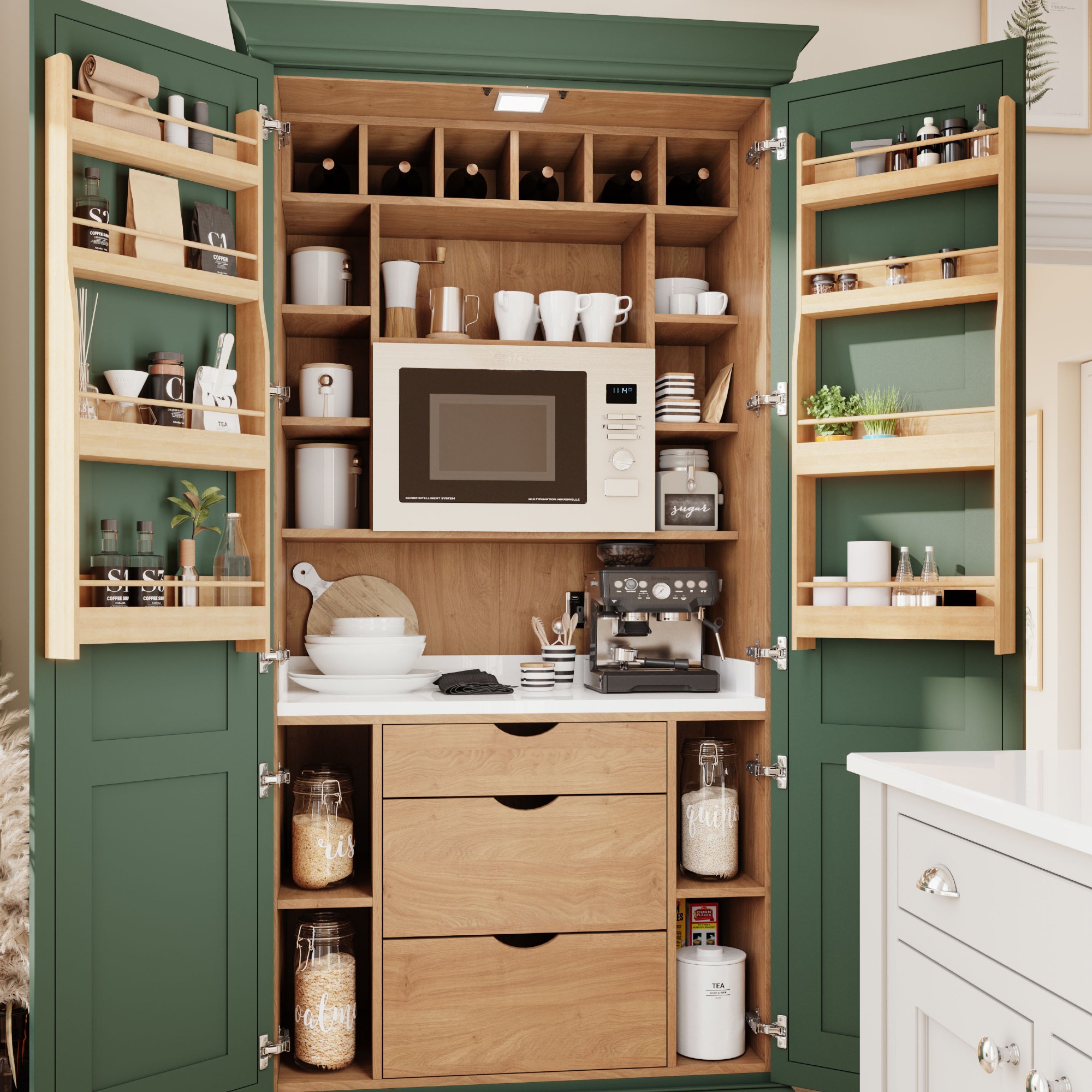
Pantries are often associated with more expansive kitchens but it is still possible to include one in a smaller space. Opting for double-doors on a regular cabinet that sits atop a counter will turn it into a makeshift pantry, creating a spot to hide a toaster and kettle from plain sight.
'An appliance garage is specifically designed for worktop appliances, they can be either a freestanding or built-in unit that can be closed to conceal items that you don’t want to see,' explains Richard Davonport, managing director at Davonport.
'They often have a small worktop space that can be used for a kettle or coffee machine and hence have incorporated electrical sockets. If you have specific requirements, a bespoke design can be crafted to accommodate your favourite appliances and even in smaller kitchens, can be a godsend.'
4. Go for deep drawers
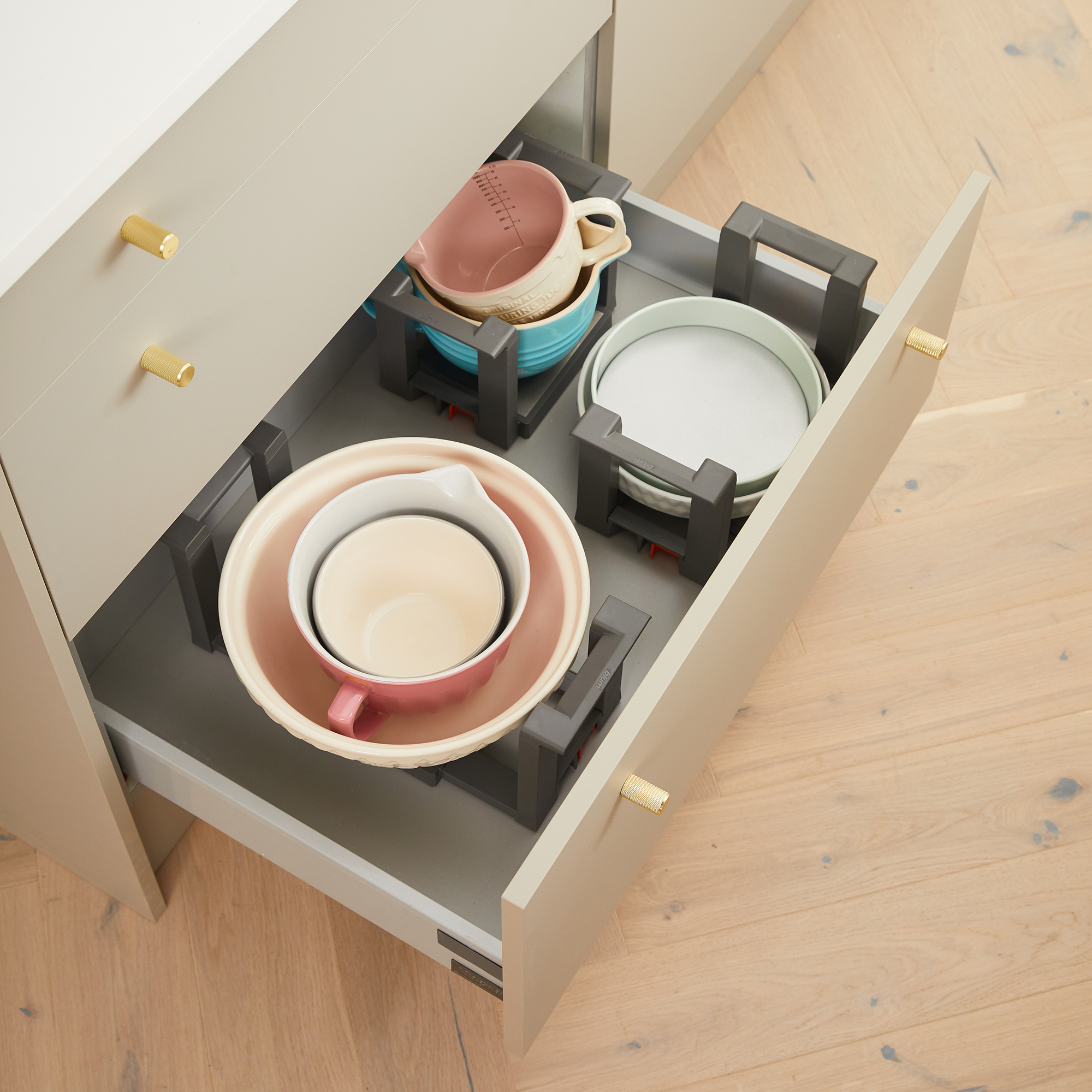
Drawers aren't just for cutlery - if you're struggling for storage space in a small kitchen then choosing drawers over cupboards will make sure every inch of available room is well utilised.
Deep drawers are particularly effective for small appliances as you can easily lift them in and out, and keep tucked away when they're not in use. For extra appliances like a blender this is great, as they're on hand for when you need them but have an organised home to live in.
5. Add in a moveable trolley
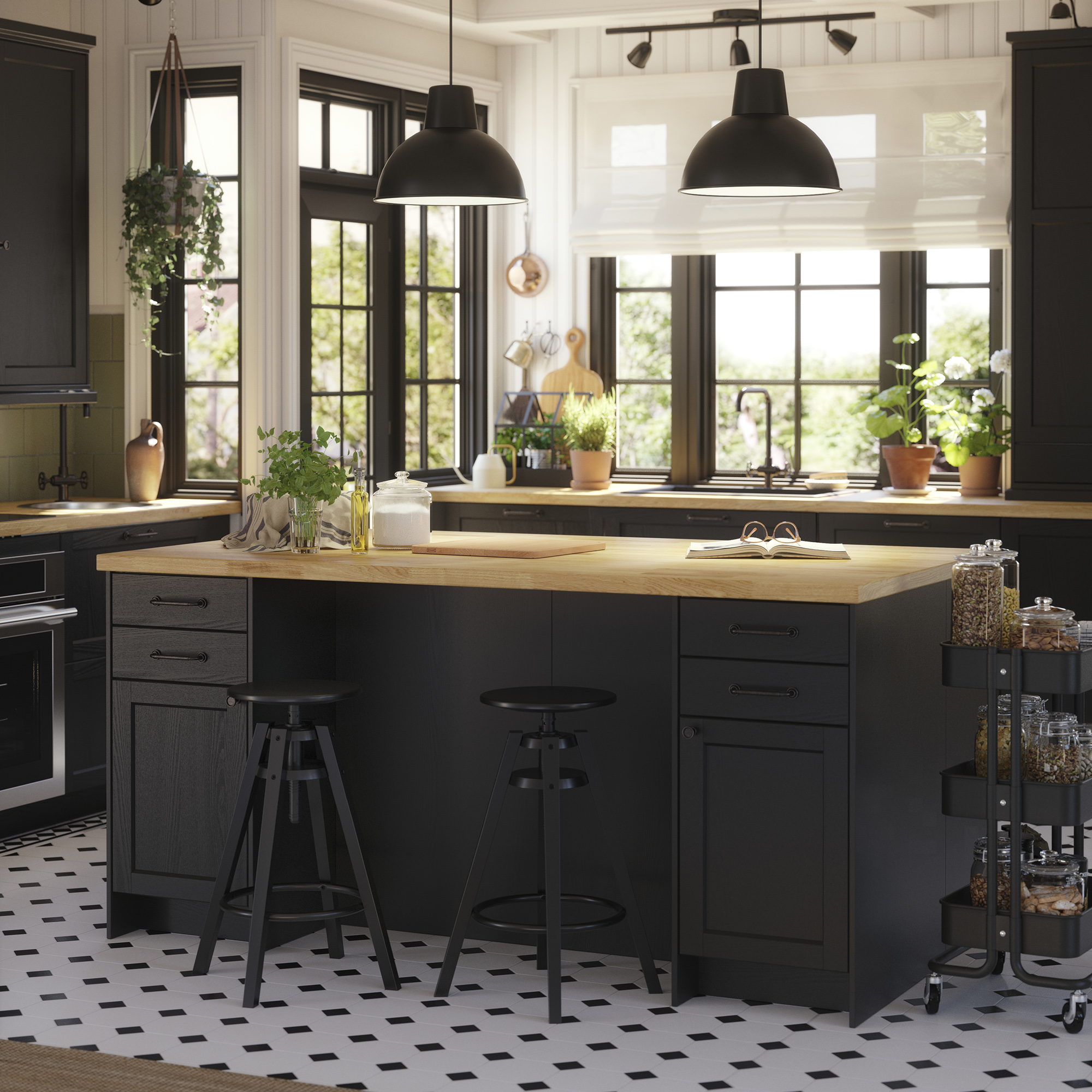
If you're looking to adapt an existing design instead of undergoing an entire new kitchen renovation, then you might need to add in extra furniture as storage.
Moveable trolleys, like the RÅSKOG from IKEA, add valuable space for kitchenware like small appliances and they can be moved into a different room when you need the floor space back.
Trolleys are also handy if you don't have many plug sockets available as you can wheel it into a spot when you need to use an appliance and move it back to a more functional area afterwards.
FAQS
How to arrange appliances in a small kitchen?
With limited counter and storage space, arranging appliances in a small kitchen is a high-stakes task. Not only does the layout need to work visually but it also needs to make sense for how you go about your daily life and use your kitchen.
'Where you store them will depend on how frequently you use them – if you only reach for the smoothie maker during the summer months then that can go somewhere else for the winter months – within the kitchen island maybe, whereas the coffee machine might need a permanent home on view, or behind a folding cabinet door,' explains
Richard Davonport, managing director at Davonport. 'If your kitchen is on the smaller side, then organising your kitchen appliances in order of use will be an important start.'
Which storage technique are you going to implement?







